
Good gloves or mittens are one-in-a-million. There are plenty of cheap options out there, probably (though not always) capable of keeping your hands clear of frostbite. But they commonly feel like they were designed only vaguely with the most basic human hand outline in mind.
They’re not terribly comfortable and make it hard to actually do anything while you’re wearing them. Poor dexterity and usability might be the number one point of failure for gloves, considering if you can’t use them, you’re not going to wear them. Making something warm isn’t that hard, but making something that you can stay warm in while buckling your ski boots, swinging an ice axe or hiking poles, setting up a tent, or even clipping your dog’s leash is notoriously hard. So what makes a good glove?
How warm is warm enough?
Warmth and dexterity in gloves and mittens will always be at odds: More warmth means more insulation which, typically, means increased stiffness or bulk. While some gloves definitely do it better than others, start by choosing handwear that’s only as warm as you need it to be. The cheaper gloves you probably already have will give you a sense of how bulky and warm your handwear should be. By cutting down on unnecessary insulation, not only will it increase the odds you can actually keep your gloves on, but you’ll make it less likely that they’ll get sweaty and wet.
Gloves vs. mittens
Mittens will almost always be warmer than gloves. By trapping your fingers together, they have an easier time sharing and holding onto warmth. But trapping your fingers together also dings dexterity. Pick gloves when dexterity isn’t an issue, or you need something extremely warm. Somewhere in the middle are “lobster” gloves, which keep most of your fingers together but separate your index finger on its own. This boosts warmth in most of your hand but allows you to do a little, but more with that index finger.
The case for leather
Leather is hard to beat for durability in handwear, but picking up a pair of leather gloves off the store shelves and trying them on can make you think twice about actually wanting to wear them. They can feel stiff or uncomfortable brand new, but with a little bit of time, they can actually be some of the most comfortable gloves you’ve ever owned (remember your old baseball glove as a kid?). Just be prepared to spend that time and a little TLC to get them to that point.
Input may receive a portion of sales if you purchase a product through a link in this article. We only include products that have been independently selected by Input's editorial team.
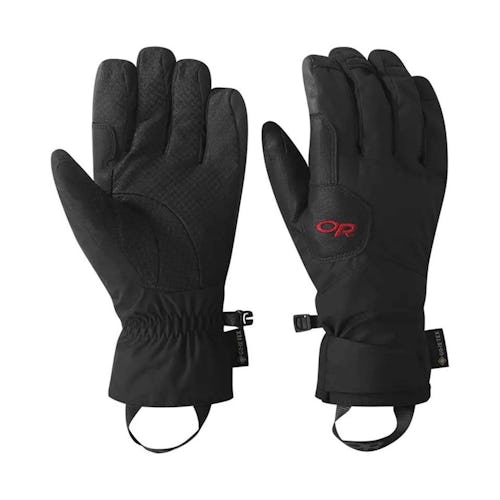
Designed for ice climbers gripping tight to ice tools, the Outdoor Research BitterBlaze (women’s Ouray) gloves feature a medium amount of synthetic insulation across the back, but pair it with a layer of Aerogel in the palms and fingers. Designed for space, Aerogel is incredibly light and insulating but doesn’t compress, which means they keep your hands warm even when you’re gripping something cold. And with fingers pre-designed to curve, moving your digits to tie knots is easy.
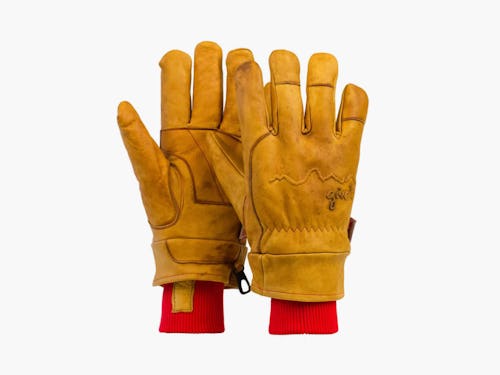
These Give’r 4-Season gloves are for working in the cold, but work can be anything from tending your campfire to hauling loads across a glacier, to shoveling your driveway. The beefy leather that makes up the exterior of these things is nigh indestructible, a generous amount of insulation is warm enough for backcountry skiing on the coldest days, and even the waterproof membrane is strong. These will feel uncomfortable new and definitely take some breaking in, but once they’re well-loved, they’ll be your favorites.

Resort skiing is cold, but oversized mittens can make even small tasks like messing with boot buckles difficult. The Hestra Leather Fall Lines mix the best of both worlds, combining a foam insulation and lobster claw design into supremely comfortable and surprisingly functional mittens. Separating your index finger is just enough added dexterity to make swinging ski poles that much easier and the leather exterior takes seasons of abuse.

The Black Diamond Guide Gloves have long held their own at near the top of the glove warmth spectrum — they’re about as big as you would ever want to go before moving to super warm mittens. But for all their insulating prowess, they have surprising dexterity. And on longer trips, the ability to remove the inner insulating liner from the exterior leather shell makes them incredibly easy to dry out.
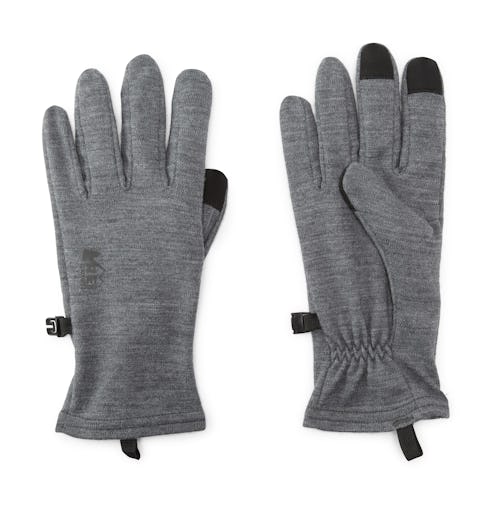
A good glove liner should be a part of everyone’s glove kit. On really cold days, wear them under bigger mitts so that you have some level of protection when you inevitably take your outer layer off. For warmer days, they’re just a small amount of protection from the chill. These REI Co-op Merino Wool Liner Gloves 2.0 are made of merino wool which insulates even if they get a little sweaty or damp, and they’re so thin they fit under almost any other glove.
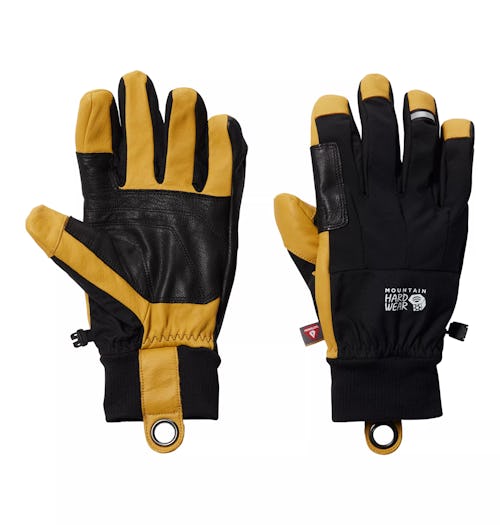
While these “work gloves” are decidedly less warm and feature less burly leather than something like the Give’r gloves, the Mountain Hardwear Route Setters are perfect for warmer weather mountain adventures when dexterity is the focus and you only need enough insulation to keep the chill at bay. A pre-curve design makes them comfortable and Kevlar thread in the high-wear zones keeps the seams from becoming a problem with use.
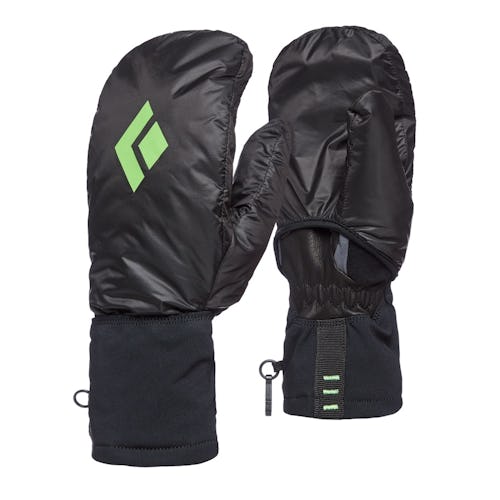
Are they gloves or are they mittens? The Black Diamond Cirques are both, transforming from a lightweight leather glove to a synthetic-insulated mitten by just pulling the hidden “hood” over the fingers. They’re most ideal for activities like ski touring where you need a breathable, light glove for the uphill, but a warmer, wind-blocking shell for the way back down.







